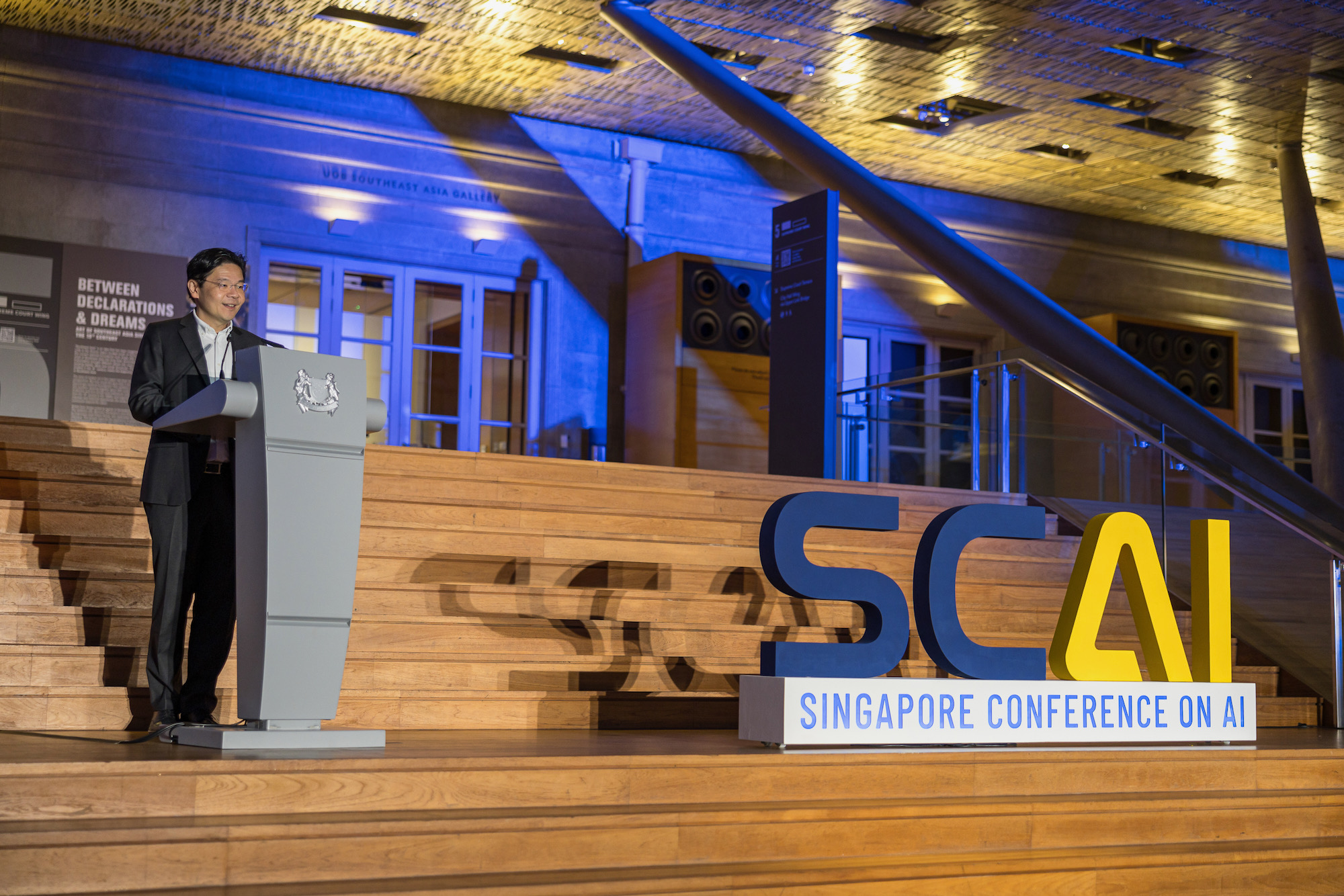Singapore Announces Updated National AI Strategy
- By Paul Mah
- December 07, 2023

Singapore wants to be a world leader in AI and has updated its national AI strategy accordingly.
Billed as a whole-of-government and whole-of-economy approach, the National AI Strategy 2.0 (NAIS 2.0) builds on the country’s first AI strategy launched in 2019.
NAIS 2.0 is envisioned to bring the benefits of AI not just in Singapore, but in the region and beyond. It adopts a three-pronged approach that will see a focus on government and public research, building talent, and establishing the necessary infrastructure and environment for AI to thrive.
The long-term potential of AI
“We aim to scale up AI for compelling use cases in areas like advanced manufacturing, financial services, healthcare, education and public services, and bring benefits to others and to ourselves in Singapore,” said Deputy Prime Minister Lawrence Wong on Monday.
DPM Wong was speaking at the inaugural Singapore Conference on AI for the Global Good, held this week at the National Gallery of Singapore.
Recent breakthroughs in generative AI have sparked renewed interest in the potential of AI, said DPM Wong, noting that Singapore believes in the long-term potential of AI.
“Singapore believes in the long-term potential of AI. Our aspiration is to fully leverage AI’s capabilities to improve our lives. That is why we have updated our National AI Strategy, and we are launching this updated strategy today.”
Among others, NAIS 2.0 includes plans to triple the existing AI talent pool to 15,000 from about 4,500 currently. Aside from redesigning the existing AI Apprenticeship Programme to increase trainee positions, the number of company attachments will also be expanded.
The country will remain open to global talent, and a dedicated team will be set up to identify and integrate top AI creators into Singapore’s ecosystem.
When it comes to infrastructure, plans are afoot to increase the nation’s high-performance computing capacity. This will happen through deepening partnerships with chipmakers and cloud service providers, and might entail managing a “small subset” of Singapore-based GPUs.
The strategy will see work to ensure a fit-for-purpose regulatory environment and will entail updating AI governance frameworks to address novel risks and working with partners to translate guidelines into technical standards.
Ultimately, the plan is to establish Singapore as a trusted and capable international partner in AI innovation and governance.
The full speech by DPM Wong can be accessed here. A 65-page NAIS 2.0 report can also be found here (pdf).
Image credit: Singapore Ministry of Communications and Information









Paul Mah
Paul Mah is the editor of DSAITrends, where he report on the latest developments in data science and AI. A former system administrator, programmer, and IT lecturer, he enjoys writing both code and prose.